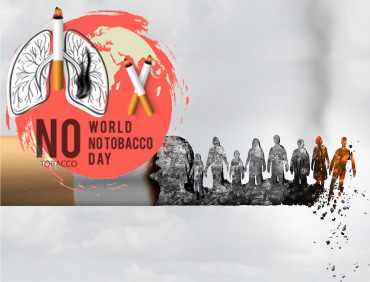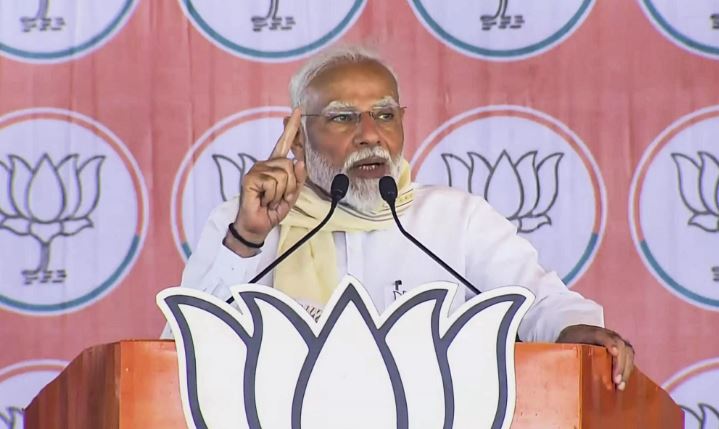‘Tobacco’- The single most important cause of various morbidity and early mortality in most countries. The biggest enemy of public health.The growing use of tobacco is of great concern around the world because of its hazardous impact on health.
According to WHO, approximately one person dies in every six seconds due to tobacco and most of which comes from low and middle income countries. Smokeless and smoked are two different form of tobacco consumed. Smokeless tobacco includes snuff, moist snuff and chewing tobacco where as smoked tobacco includes pipes, cigars, cigarettes. Tobacco not only harms the person who actively consumes it but also the innocent persons who are passively related to it.
Despite of conducting thousands of programmes to prohibit youth smoking and hundreds of media stories on harmful effects of tobacco use, generation after generation continues to consume these deadly product and family after family continues to suffer the devastating consequences. WHO celebrates WORLD NO TOBACCO DAY on 31st May every year to spread awareness among the public.
HOW IT STARTED ?
In 1987, member states of WORLD HEALTH ORGANIZATION(WHO) started ‘ World No-Smoking Day’ on April 7th whose sole purpose was to draw attention to tobacco related diseases which causes death and various ways other ailments. It urged people worldwide to abstain from tobacco for 24hrs. The following year in 1988, again a resolution passed by World Health Assembly calling the celebration of’ WORLD NO TOBACCO DAY’ every year on 31st May to a different theme every time to create a unified global message. And this year (2021) the theme is “Commit To Quit”. Quit the Tobacco to be a winner.
ILL EFFECTS OF TOBACCO:
20-25% of cardiovascular diseases, 30% of cancers, 75% of Chronic respiratory diseases are caused due to tobacco. Apart from these diseases it has its effects on new borns too due to maternal use of tobacco in pregnancy. Tobacco is extracted from around 65 species of plants. One of these which is commercially cultivated and widely used is Nicotiana Tobaccum. Although it contains various toxic substances but most important and toxic constituents of tobacco are Nicotine, Carbon Monoxide and Tar. Nicotine is responsible for the predominant behavioural effects of Tobacco which leads to addiction where as Carbon Monoxide reduces the oxygen in blood and tar-the sticky residue is the deadliest cancer causing agent.
THERAPY FOR TOBACCO CESSATION:
- Nicotine replacement therapy-Patients are presented with safer and therapeutical manageable doses of nicotine that alleviates the sign and symptoms of withdrawal and cravings. They are available in the form of chewing gums, transdermal patches and vapour inhalers.
- Psychoeducation:
Educating the individuals towards the ill effects of tobacco which helps patients to quit it. The government has also taken different imitatives to contain the disease with the National Tobacco Control Programme launched in the year 2007-08 to implement tobacco control laws. Government has also enacted various laws which includes ban on smoking in public places, prohibition of advertisements and promotion of tobacco products, prohibition on sale of tobacco to minors and sale of tobacco products with health warning level.
Dr. Ankita Rath











More Stories
Low vision clinic inaugurated at AIIMS Bhubaneswar
Urban education programme comes in handy for Odisha’s tribal, dalit kids
Now country ‘aatank’ struggling for ‘aata’: PM